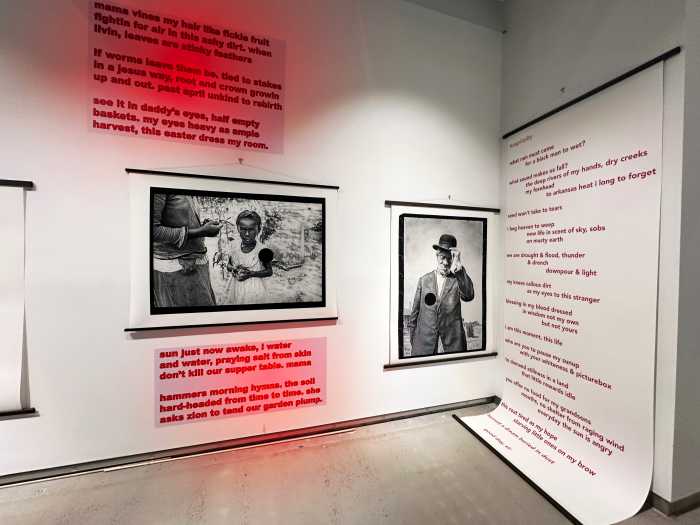There are plenty of great pieces in the Brooklyn Museum’s new ancient Egyptian afterlife obsession show, “To Live Forever,” but these are the items that really stand out:

Spiritual guide
The ba bird represented a spiritual guide with a human head that journeyed between one’s tomb and the afterlife. This ba bird appeared on the footpiece of a coffin, and on either side of the head is written, “Going forth” — an indicator that the bird’s journey began when the host died. Images often depict the ba fluttering around a tomb or in the outer world, symbolizing the eternal freedom of the afterlife.
The ba bird represented a spiritual guide with a human head that journeyed between one’s tomb and the afterlife. This ba bird appeared on the footpiece of a coffin, and on either side of the head is written, “Going forth” — an indicator that the bird’s journey began when the host died. Images often depict the ba fluttering around a tomb or in the outer world, symbolizing the eternal freedom of the afterlife.
The Brooklyn Paper / Stephen Brown

The best bling
Gold, which represented the Egyptian sun god, Ra, was key to any spirit embarking into the afterlife. And the more precious the amulet, the more effective it would be in reaching the gods. This particular golden amulet portrays the soul with the wings of a falcon, giving it the freedom of flight. Gold was so critical to ancient Egyptians that there are examples of poor Egyptians painting their coffins yellow to try and impress the gods through a cheaper method.
Gold, which represented the Egyptian sun god, Ra, was key to any spirit embarking into the afterlife. And the more precious the amulet, the more effective it would be in reaching the gods. This particular golden amulet portrays the soul with the wings of a falcon, giving it the freedom of flight. Gold was so critical to ancient Egyptians that there are examples of poor Egyptians painting their coffins yellow to try and impress the gods through a cheaper method.

Even pharaohs gotta play
In ancient Egypt, not only could you play board games while your heart was still ticking — the afterlife was a veritable checkers tournament as well. This pre-chess game, called Senet, was a precursor of draughts and featured 20 squares and two players. The players would determine their moves by throwing ivory dice or knuckle-bones (for more thrifty gamers) and would then land on a square that represented either a positive or negative outcome. The game became ingrained in Egyptian society and the most spectacular example of it was found in King Tut’s tomb.
In ancient Egypt, not only could you play board games while your heart was still ticking — the afterlife was a veritable checkers tournament as well. This pre-chess game, called Senet, was a precursor of draughts and featured 20 squares and two players. The players would determine their moves by throwing ivory dice or knuckle-bones (for more thrifty gamers) and would then land on a square that represented either a positive or negative outcome. The game became ingrained in Egyptian society and the most spectacular example of it was found in King Tut’s tomb.

























